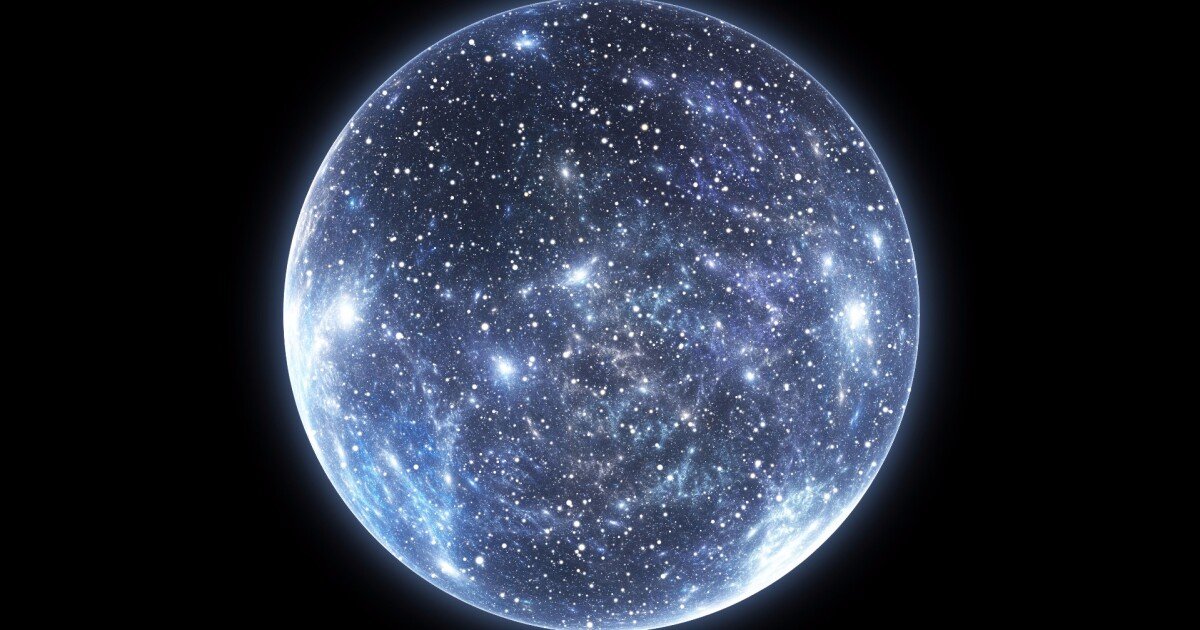Astronomers have created a detailed map of all the matter in the universe, and their results suggest something is missing. Using data from the Planck satellite, the team has mapped out the structure of the universe in more detail than ever before. The map shows the distribution of normal matter like stars, galaxies and gas, as well as mysterious dark matter. However, the map suggests that the normal matter makes up much less of the universe than expected and that there may be another form of matter at work. This new form of matter could help explain the current discrepancies between observations and models of the universe.
Astronomers have compiled one of the most comprehensive maps of all matter in the universe. The huge company hints at a slightly smoother universe than we thought, suggesting our models might be missing something.
The widely accepted theory holds that the Big Bang started it all by hurling matter in all directions in the expanding universe. As might be expected, everything wasn’t distributed evenly, but had an element of randomness, so certain regions had more matter than others. Over time, denser regions began to form clouds of dust and gas that condensed into stars, galaxies, and everything else.
By studying the distribution of matter in today’s cosmos, scientists can better understand the forces that shape the universe. This includes mysteries like the dark energy believed to be driving the expansion of the universe to accelerate over time.
Now scientists have created one of the most accurate maps of the universe’s matter yet. This required collecting and comparing huge amounts of data from two different telescope surveys, which helps reduce the likelihood of errors in a data set affecting the results.
The first is the Dark Energy Survey, a project that spent six years scanning the sky in near-ultraviolet, visible, and near-infrared light from its high-altitude location in Chile. The second is the South Pole Telescope, which studies the cosmic microwave background (CMB) – the afterglow of the Big Bang.
The two sky maps compared in the new study – the Dark Energy Survey (left) and the South Pole Telescope (right)
Yuuki Omori
To get to the bottom of the matter, scientists focused on a phenomenon called gravitational lensing. Essentially, objects with huge masses warp spacetime itself to the point where light’s path is bent as it passes. By measuring the extent of this bending, scientists can calculate how much mass, and therefore matter, is present in a given region.
The analysis was mostly consistent with what is currently the most widely accepted model of the universe, known as the Lambda Cold Dark Matter (ΛCDM) model. However, it might not have fitted perfectly – the study suggests matter clumps together a little less than we thought, which could open the door for a whole new model to explain things better.
“It appears that there is a little less variability in the current Universe than we would predict, assuming our standard cosmological model is anchored in the early Universe,” said Eric Baxter, an author of the studies.
This is not the first crack in our so-called Standard Model of cosmology. ΛCDM requires the existence of a mysterious substance called dark matter, which can only be observed through its gravitational influence on normal matter. But as sure as astronomers are that it exists, decades of experiments have failed to prove it directly.
There is also a problem called Hubble voltage. Basically, observing the cosmos in one way gives a certain value for the so-called Hubble constant – but the ΛCDM model, supported by other observation methods, gives a completely different value. Even stranger, both are becoming safer, and yet there is no overlap, suggesting the possibility of new physics.
However, the researchers on the new project concede that their observations of the less lumpy nature of the matter have not yet reached the level of statistical significance needed to be certain. Future work could help confirm this.
In any case, this new map of the matter of the Universe will provide a good basis for future studies.
The research was published in three articles in the journal Physical Check D.
Source: University of Chicago
Source: newatlas.com
Don’t miss interesting posts on Famousbio









